| We first traveled to South Korea in February of 2011. Most of our stay was in downtown Seoul. However, we spent a full day touring the DMZ (Demilitarized Zone) and spent some time in Inchon. Seoul is one of the world's most modern cities with a subway system that ranks among the cleanest and best in the world and historic sites that are very well preserved. South Korea is a wonderful country with very friendly people. We returned to South Korea, visiting Busan (Pusan) and the Tongdosa Temple near Habuk-Myeon, in the summer of 2018. |
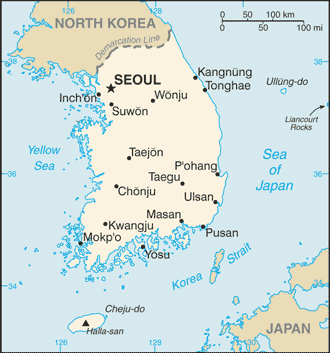 |
An independent Korean state or collection of states has
existed almost continuously for several millennia. Between its initial
unification in the 7th century - from three predecessor Korean states -
until the 20th century, Korea existed as a single independent country.
In 1905, following the Russo-Japanese War, Korea became a protectorate
of imperial Japan, and in 1910 it was annexed as a colony. Korea
regained its independence following Japan's surrender to the United
States in 1945. After World War II, a Republic of Korea (ROK) was set
up in the southern half of the Korean Peninsula while a Communist-style
government was installed in the north (the DPRK). During the Korean War
(1950-53), US troops and UN forces fought alongside soldiers from the
ROK to defend South Korea from DPRK attacks supported by China and the
Soviet Union. An armistice was signed in 1953, splitting the peninsula
along a demilitarized zone at about the 38th parallel. Thereafter,
South Korea achieved rapid economic growth with per capita income
rising to roughly 17 times the level of North Korea. In 1993, KIM
Young-sam became South Korea's first civilian president following 32
years of military rule. South Korea today is a fully functioning modern
democracy. (CIA Factbook) |
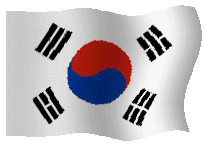 |
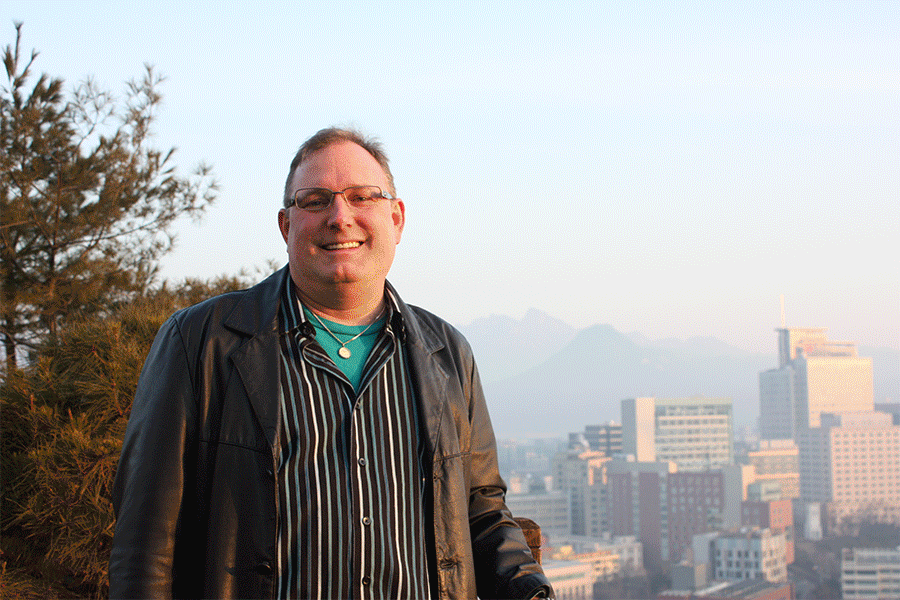
Images of the Demilitarized Zone (DMZ) 2011
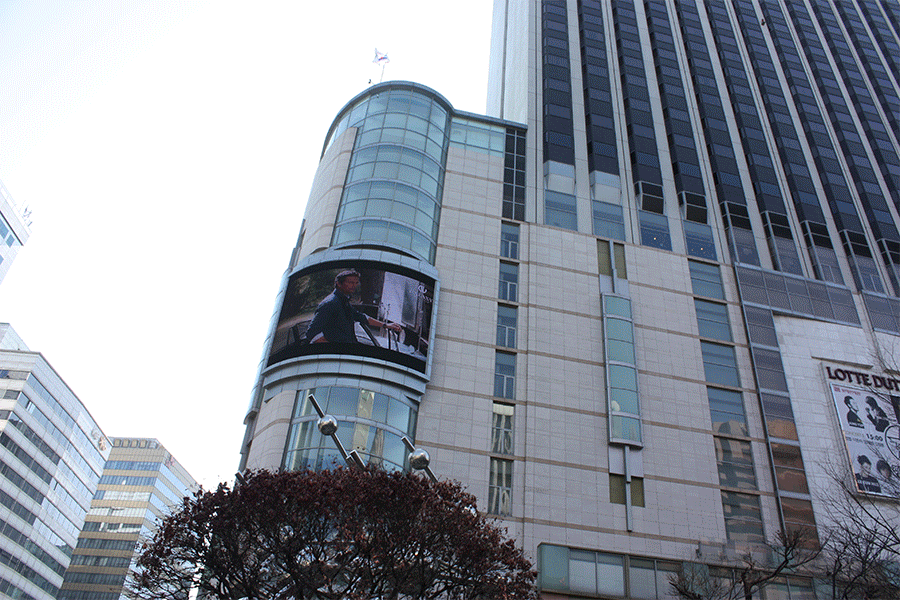
Images of Seoul 2011
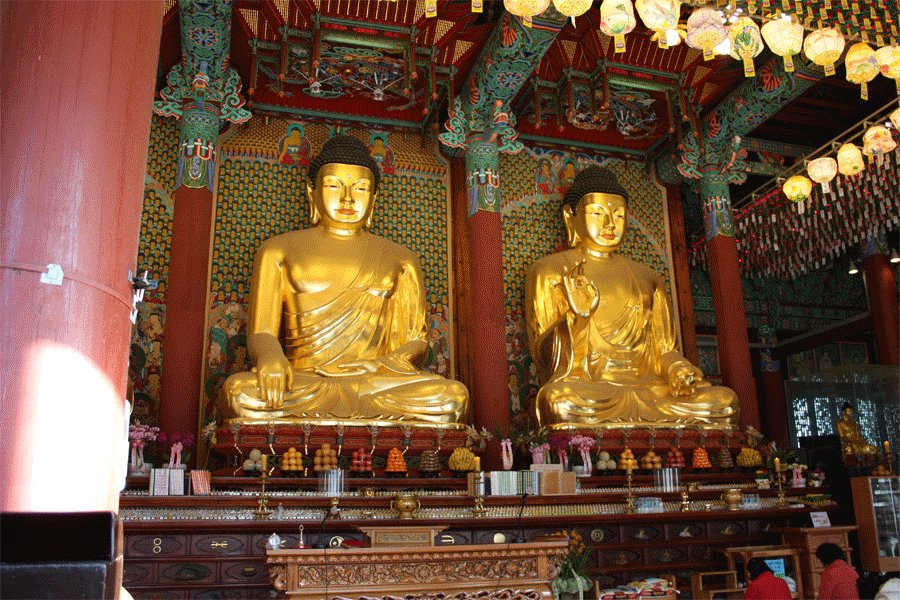
Jogyesa Temple and the changing of the imperial guard 2011
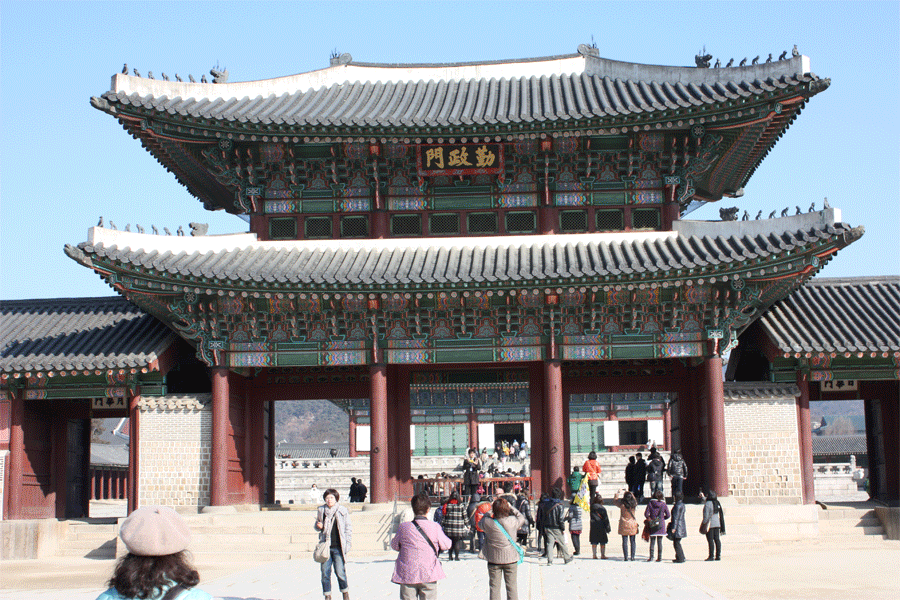
Gyeongbokgung Palace and N Seoul Tower 2011
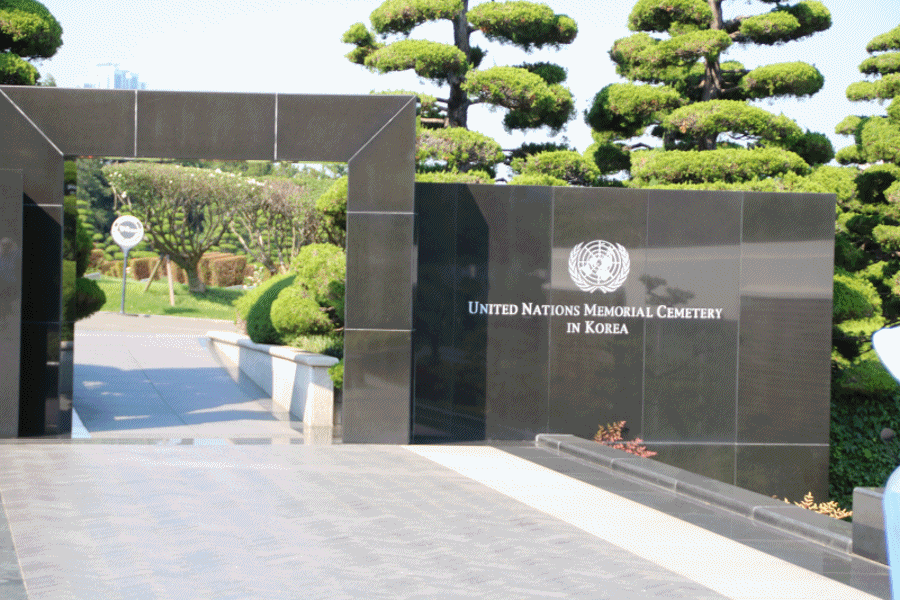
Busan and Tongdosa Temple 2018


